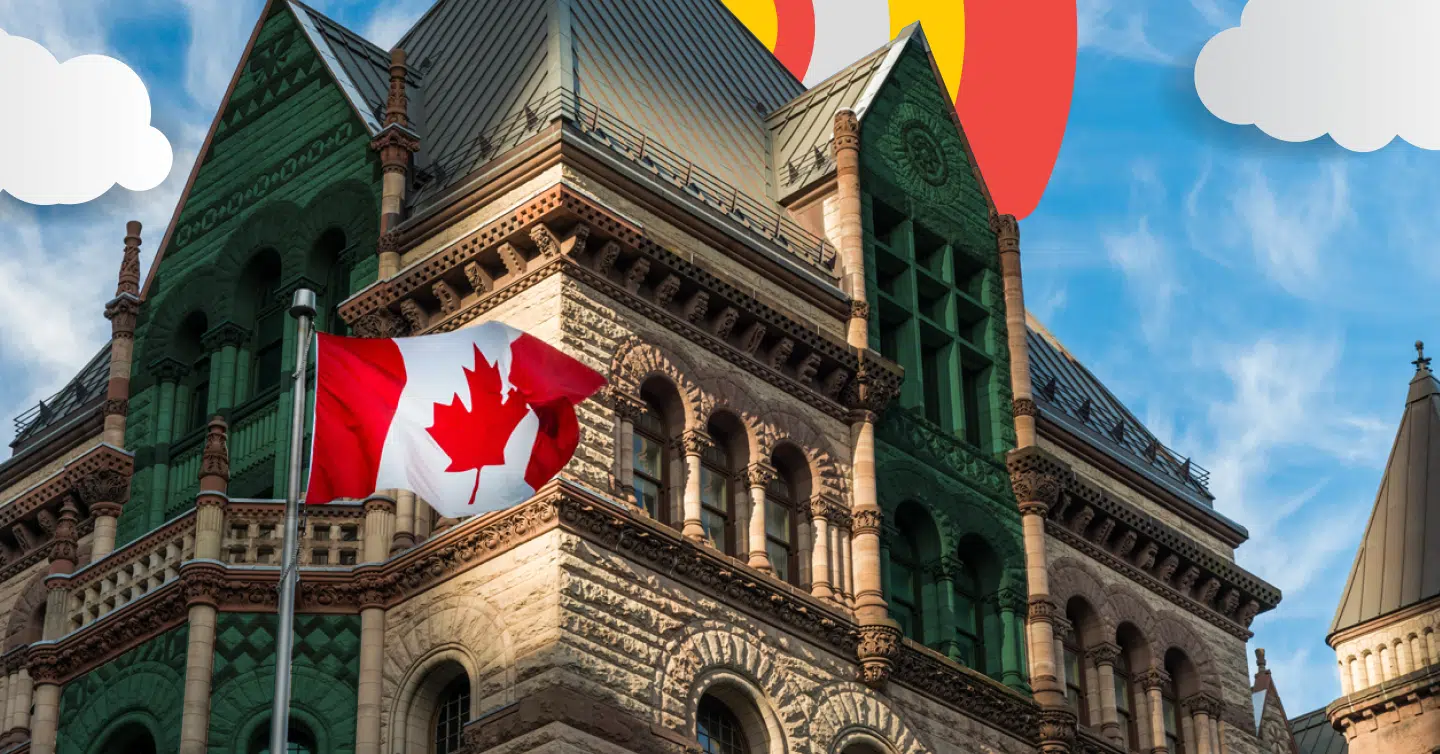How Mark Carney Liberals Could Influence Housing and Mortgages

With Mark Carney now leading a Liberal minority government, housing is one of the most pressing policy areas under scrutiny. The party has released an ambitious housing platform aimed at doubling residential construction, supporting affordability, and protecting Canadians from the economic fallout of US tariffs. Economists and financial experts are watching closely to assess how these federal commitments may impact housing supply, mortgage affordability, and borrower expectations.
Who Is Mark Carney
Canada’s new Prime Minister, Mark Carney, brings an economic pedigree unlike any leader in recent memory. A former governor of the Bank of Canada (BoC) and the Bank of England (BoE), Carney is best known for steering Canada through the 2008 financial crisis (GFC) and leading the UK’s central bank during Brexit and the early stages of the pandemic.
Originally from Fort Smith in the Northwest Territories, Carney holds a PhD in economics from Oxford and has worked in financial centres worldwide. His global experience—and reputation for calm leadership in turbulent times—helped him win the Liberal leadership.
Known for his strong stance on trade, market stability, and climate policy, Carney has promised to cap immigration growth, expand energy production, and fast-track housing construction, while positioning Canada as a steady hand in a destabilized global economy.
His pitch to Canadians is that experience matters, especially when facing another volatile round of US tariffs and rising economic uncertainty. Now leading a minority government, his ability to deliver will be tested quickly, especially as Canadian borrowers, home builders, and financial markets alike watch for signs of stability and affordability in the months ahead.
A Federal Developer to Build Canada Homes
At the heart of the Liberals’ strategy is a new entity called Build Canada Homes, designed to act as a national developer. Inspired by the post-WWII construction boom, the new housing agency would oversee the development of affordable and prefabricated housing across Canada, including projects built on federal land often referred to as “lazy land” due to its underutilized potential.
The Liberals have pledged to double the national construction pace to 500,000 new homes annually. Build Canada Homes would receive up to $25 billion in financing for prefabricated home builders and $10 billion in low-cost capital for affordable housing developers.
Housing experts see potential in this approach, as countries like France, Austria, and Singapore have successfully made similar public development models financially self-sustaining. However, there is caution about the federal government’s ability to manage large-scale development effectively. It could represent a transformative shift in housing delivery, especially in high-demand markets, if executed well.
Want to save thousands of
dollars on your renewal?
Renew with nesto and you can.
A Renewed Push for Prefabricated and Modular Housing
Prefabricated housing, which allows for faster and cheaper construction via factory-made components, is a significant focus. The Liberals intend to support this sector through large-scale federal purchasing and regulatory streamlining.
Housing expert, Dr. Mike Moffatt, sees promise in the approach, noting that countries like Japan and Sweden have leveraged it successfully. However, Canada’s fragmented provincial and municipal building codes may slow national scalability, limiting their effectiveness unless regulatory alignment improves.
Reintroducing the MURB Tax Incentive
The Liberals also plan to revive the Multi-Unit Rental Building (MURB) tax incentive, initially introduced in the 1970s. This incentive would allow individual investors to deduct some new rental apartment development costs from their personal taxes.
Dr. Moffatt argues this could encourage more efficient use of capital, shifting investor focus from individual properties to purpose-built rentals. However, zoning restrictions in many urban areas still limit the feasibility of such projects, and other experts point out that today’s economic conditions differ significantly from those in the 1970s, potentially reducing MURB’s effectiveness.
GST Relief for First-Time Homebuyers
The Liberals have promised to eliminate GST on homes under $1 million and reduce it on homes priced between $1 million and $1.5 million—but only for first-time buyers. GST applied as a tax on the price of a preconstruction home is distinct from the current GST rebate, which broadly applies to buyers of primary residences.
While this measure could offer tangible savings for first-time buyers, housing analysts are skeptical that it could add to the new housing supply. They cite the narrow scope and the fact that affordability pressures are already squeezing construction activity.
Economic Forces Beyond Ottawa’s Control
Despite the platform’s bold housing ambitions, several structural risks remain outside federal jurisdiction. Development financing in big urban markets like Toronto and Vancouver remains challenging, and economic uncertainty, including rising tariffs and volatile interest rates, continues to suppress demand.
According to Prof. Andy Yan of Simon Fraser University, external factors like economic growth, inflation, and trade tensions will influence construction outcomes as much as any single government program. Developers are susceptible to rising borrowing costs and risk premiums, which could intensify if inflation persists or tariffs escalate from the United States.
Broader Affordability Measures and Tax Reforms
The Liberals have pledged to support affordability more broadly through:
- A middle-class tax cut saves dual-income families up to $825/year.
- A 25% reduction in RRIF withdrawal requirements for seniors.
- An increase to the federal Guaranteed Income Supplement (GIS) by 5% (for one year).
- Expanded eligibility for the disability tax credit.
- Investments in skilled trades training to support the residential construction sector.
These measures complement the housing plan by targeting household cash flow, homebuyer qualifications, and the availability of skilled workers required to build homes at scale.
Post-Election Path for Interest Rates
The Liberals have pledged to manage the US trade dispute and stabilize the Canadian economy. However, their effectiveness will ultimately be reflected in how the Bank of Canada adjusts its policy rate in the months ahead.
With two interest rate cuts already delivered this year and the potential for more in 2025, variable-rate mortgages (VRM), those with fixed payments, are becoming increasingly appealing, particularly for borrowers anticipating continued economic headwinds. If you’re a borrower who prefers lower mortgage payments as the BoC cuts its policy rate, you’d be better suited to an adjustable-rate mortgage (ARM).
Meanwhile, fixed-rate mortgages have seen a modest interest rate increase. These rates are driven by Government of Canada (GoC) bond yields, which remain volatile due to persistent inflation concerns and the prospect of widening federal deficits. Should deficit projections deteriorate, bond markets may demand higher yields, placing additional upward pressure on fixed mortgage rates.
We’re curious…
Are you a first-time buyer?
What a Liberal Government Could Mean for Mortgage Borrowers
If Mark Carney’s Liberal government can follow through on its housing commitments, it could eventually ease upward pressure on home prices, particularly in constrained urban centres. More housing supply would also help reduce the structural demand-side pressure that elevates mortgage debt levels relative to incomes.
However, fiscal expansion and counter-tariff measures could push government deficits higher than expected. That may reduce the scope for Bank of Canada rate cuts in 2025 and cause bond yields to rise if global investors grow wary of Canadian fiscal sustainability. Both outcomes could lead to interest rate increases and higher fixed and variable mortgage rates in the medium term.
Borrowers are advised to prepare for rate volatility while focusing on a personalized strategy. Government policies may shift the long-term affordability landscape, but short-term financing decisions must reflect market realities, risk tolerance, and the borrower’s financial situation.
The Liberal government’s ambitious plans could transform Canada’s housing market—but borrowers will need a smart mortgage strategy to stay ahead. With fixed rates still below average and variable rates offering greater flexibility, securing a rate hold today is a wise first step. As lenders and financial institutions quietly trim discounts, the opportunity to lock in the best rates may soon narrow. Connect with a nesto mortgage expert now to secure your best mortgage rate and tailor a strategy that protects you in this fast-changing market.
Why Choose nesto
At nesto, our commission-free mortgage experts, certified in multiple provinces, provide exceptional advice and service that exceeds industry standards. Our mortgage experts are salaried employees who provide impartial guidance on mortgage options tailored to your needs and are evaluated based on client satisfaction and the quality of their advice. nesto aims to transform the mortgage industry by providing honest advice and competitive rates through a 100% digital, transparent, and seamless process.
nesto is on a mission to offer a positive, empowering and transparent property financing experience – simplified from start to finish.
Contact our licensed and knowledgeable mortgage experts to find your best mortgage rate in Canada.
Ready to get started?
In just a few clicks, you can see our current rates. Then apply for your mortgage online in minutes!



